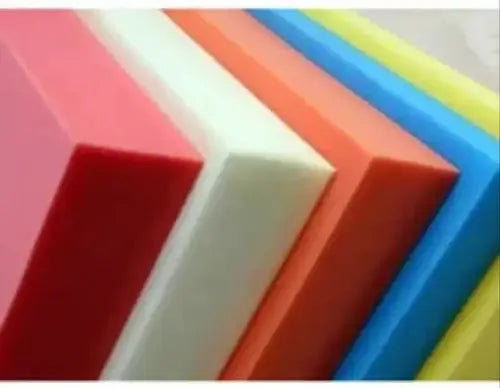When it comes to mattress materials, high resilience foam is gaining popularity for its unique properties and outstanding performance. But what exactly is high resilience foam, and what sets it apart from other foam types? This blog will delve into the world of high resilience foam, highlighting its advantages and potential drawbacks, to help you make an informed decision when considering it for your bedding needs.
Understanding High Resilience Foam
Defining High Resilience Foam
High resilience foam, often abbreviated as HR foam, is a type of polyurethane foam that is engineered to offer exceptional durability and support. It is specifically designed to have a high degree of responsiveness and "bounce back" quickly after compression.
The Appeal of High Resilience Foam
The primary appeal of high resilience foam lies in its remarkable ability to provide long-lasting support and comfort. It's known for maintaining its original shape and structure over time, making it a reliable choice for those seeking a durable and supportive mattress material.
Embracing the Advantages of High Resilience Foam
Unmatched Durability
High resilience foam is renowned for its superior durability. It can withstand years of regular use without developing sagging or indentations, making it a long-lasting investment.
Responsive Support
Thanks to its high level of resilience, this foam offers excellent support. It quickly responds to your body's movements, providing proper alignment and reducing pressure on sensitive areas.
Enhanced Comfort
High resilience foam offers a comfortable sleep surface with just the right amount of "give." It cradles your body without causing sinkage, ensuring a supportive and cozy sleep experience.
Allergy-Friendly
Like other foam types, high resilience foam is naturally resistant to dust mites and other allergens, making it an excellent choice for individuals with allergies or asthma.
Addressing Potential Drawbacks of High Resilience Foam
Firmness
High resilience foam can be quite firm, which may not suit everyone's preference for a softer sleep surface.
Heat Retention
As with many foam materials, high resilience foam can retain heat. For hot sleepers, this could be a potential concern, although some manufacturers incorporate cooling technologies to address this issue.
Off-Gassing
New high resilience foam mattresses may emit a noticeable odor when unpacked, known as off-gassing. While this is typically temporary, it might be bothersome to some individuals.
Price
Compared to standard foam mattresses, high resilience foam mattresses can be more expensive. The added cost is due to its specialized properties and enhanced durability.
Final Thoughts: Is High Resilience Foam Right for You?
High resilience foam offers a range of advantages, including durability, responsive support, enhanced comfort, and allergy-friendliness. However, potential concerns like firmness, heat retention, off-gassing, and price should also be taken into consideration.
The decision to choose a high resilience foam mattress should align with your individual comfort preferences, sleep needs, and budget. Thorough research, reading customer reviews, and, if possible, testing out the mattress in-store can assist you in determining if high resilience foam is the perfect match for your restful slumber.


